Tagdrone
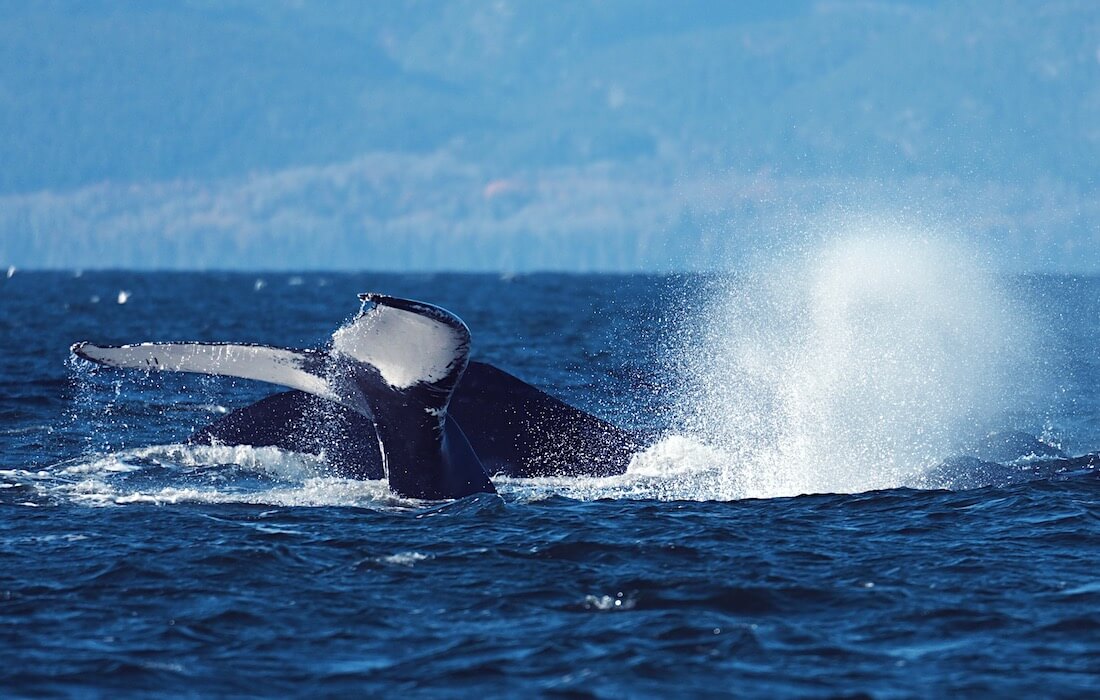
In Search of Large Rorquals
It's 5:45 a.m., and I'm already awake and excitedly waiting for news from the research team of the Group for…
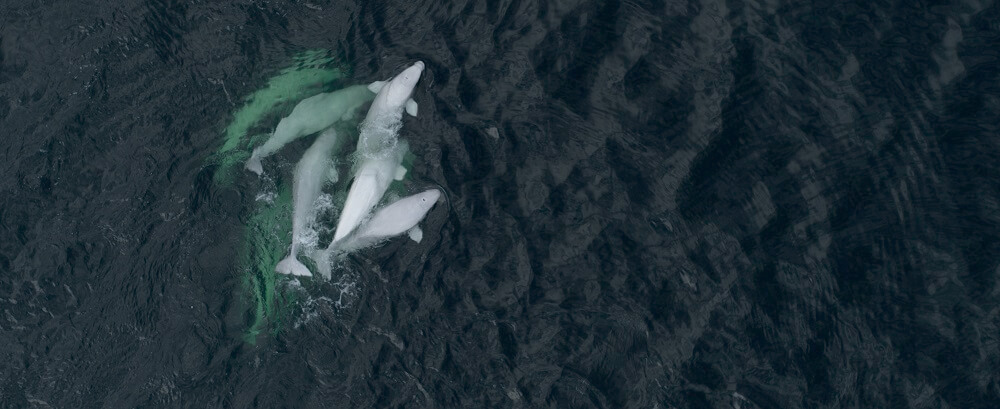
Belugas and Drones: A Call for Caution
Although drones are useful tools for conducting marine mammal research, it is legitimate to wonder what impact they may have…
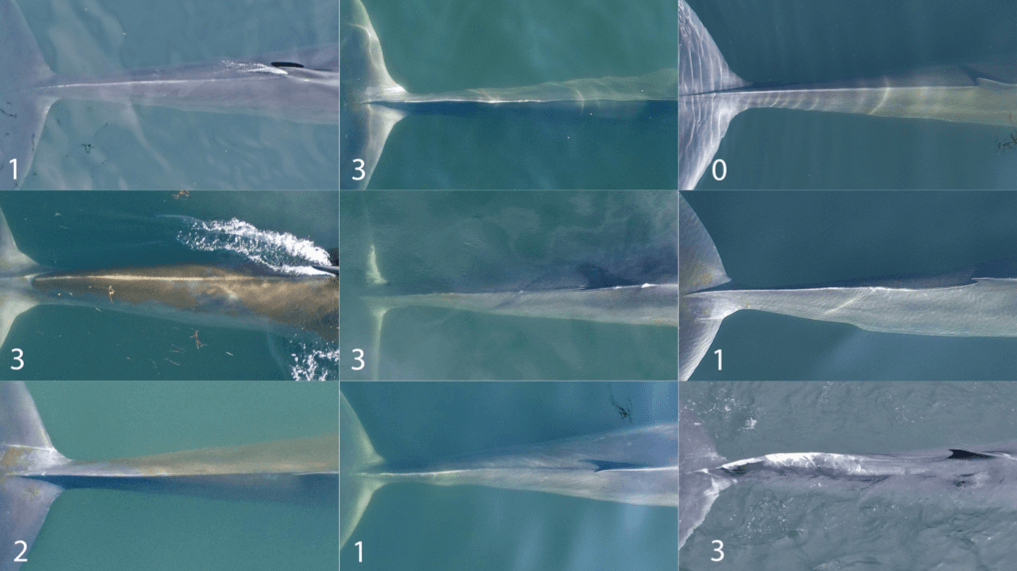
One in Two Fin Whales Already Entangled
The number of fin whales frequenting the Gulf of St. Lawrence that bear entanglement marks and scars is much higher…
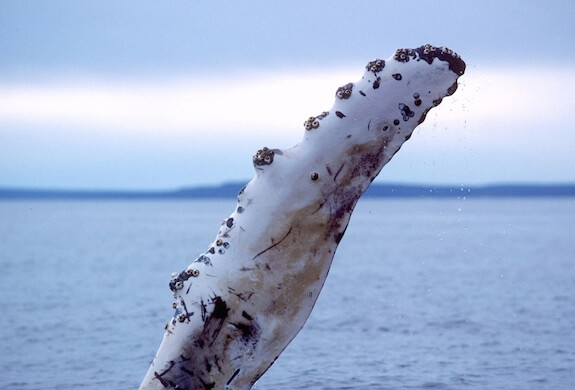
Humpback whales eat with their hands
The pectoral fins of humpback whales, with their enormous size and jagged edges, are quite different from those of other…

With the belugas… at full throttle!
Clear blue sky, low winds, calm sea… The perfect conditions for a productive day of photo-identification and photogrammetry. All we…
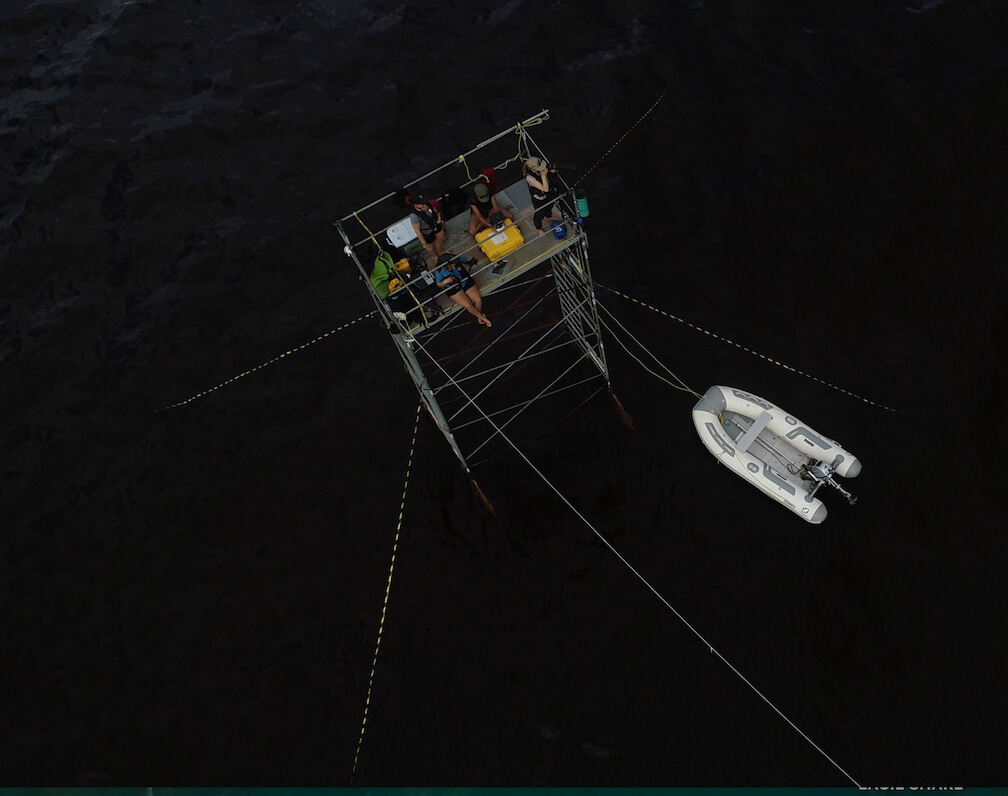
“Mom, can you hear me?” season #2
By Valeria Vergara and Marie-Ana Mikus (guest researchers from Ocean Wise Conservation Association) Time flies on the beluga research tower…
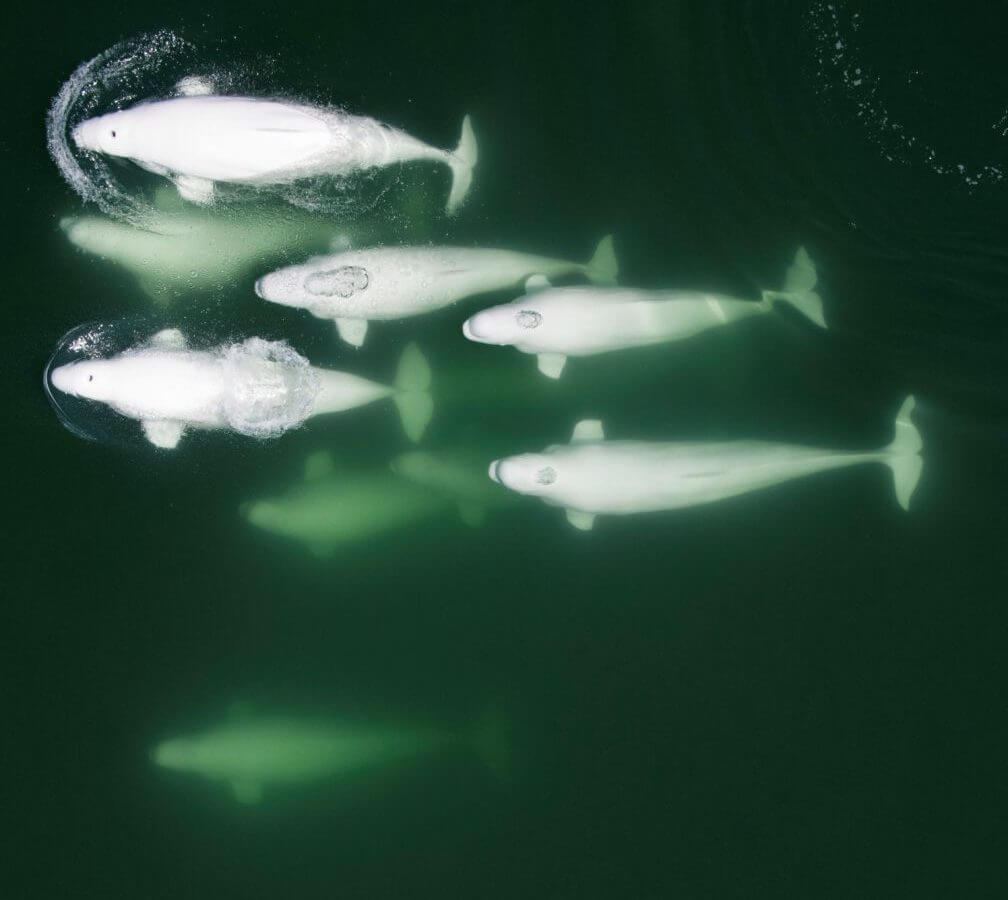
With the belugas… and their waist measurements!
Although this technique is already used in other cetacean species – including killer whales and right whales – it is…
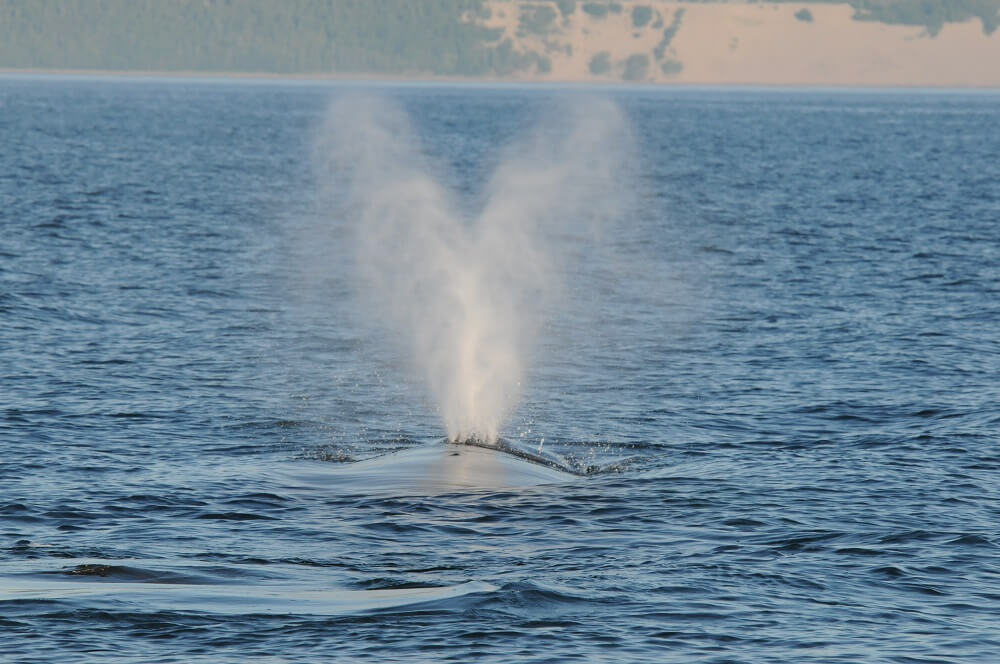
Microorganisms in whale breath
A large group of bacteria was identified for the first time in the breath (or blow) of humpback whales. Whether…
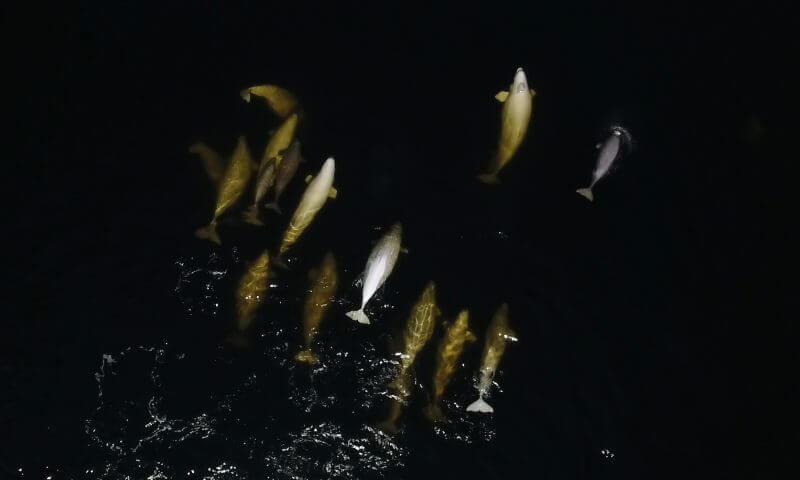
Are there any beluga nurseries in the St. Lawrence?
Topic of my Master’s project: Investigation of Allomothering in St. Lawrence Belugas For a long time, studies of cetaceans were…

Studying Whale Breath: New Discoveries and Techniques
A Canadian-US research team has undertaken a study on the fungi and bacteria found in the breath of southern resident…
